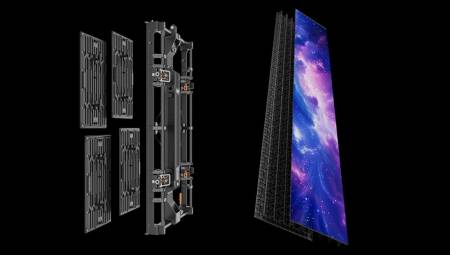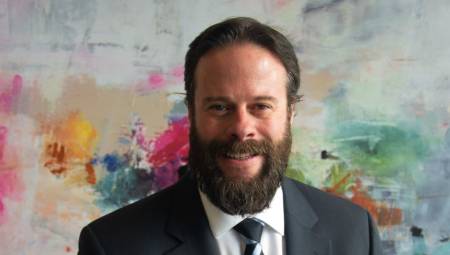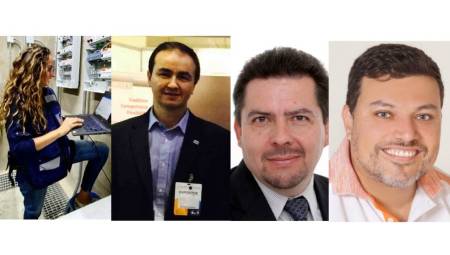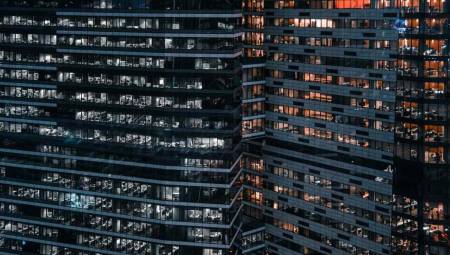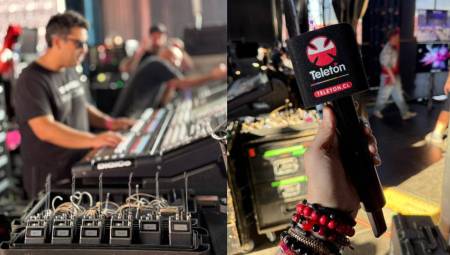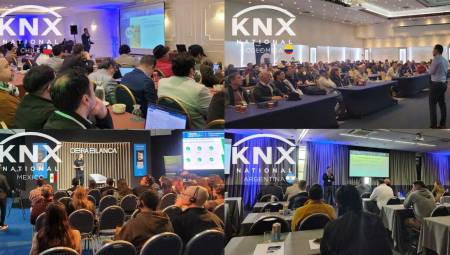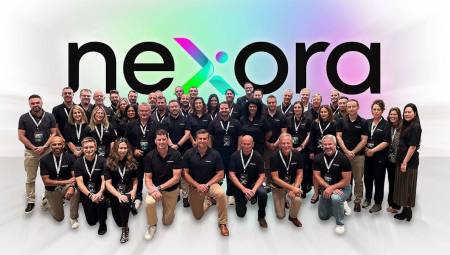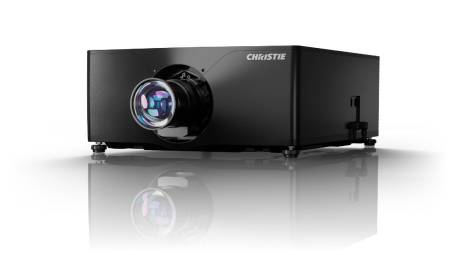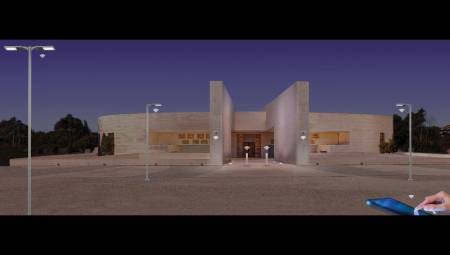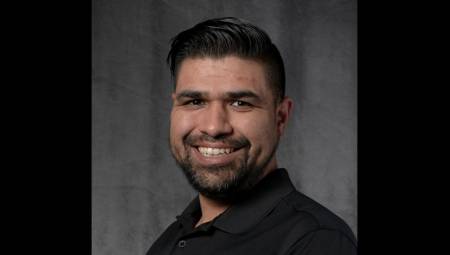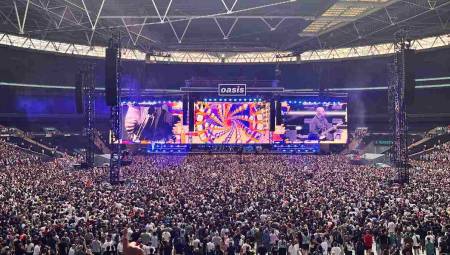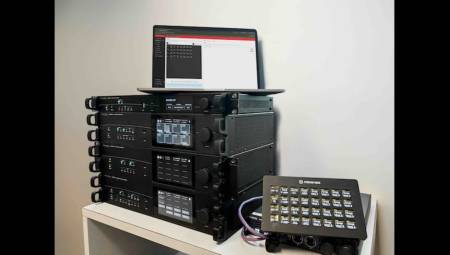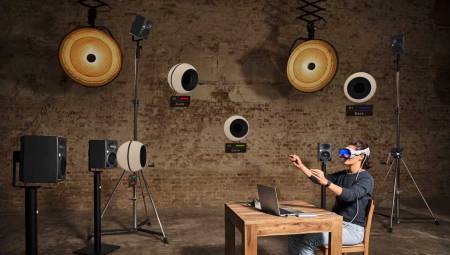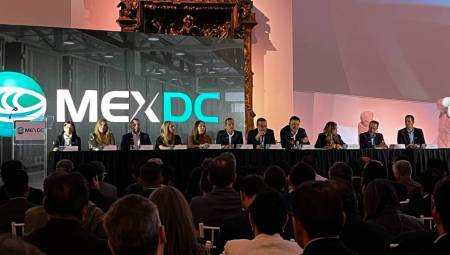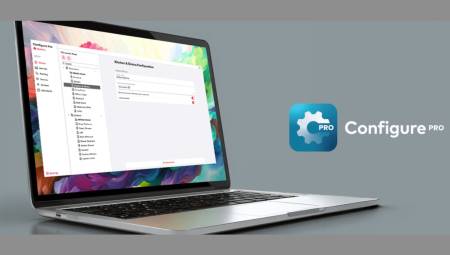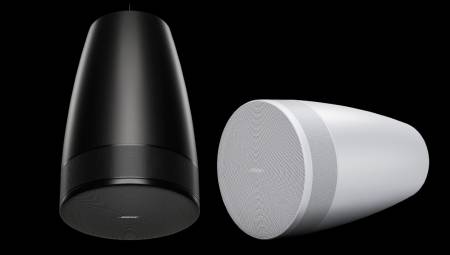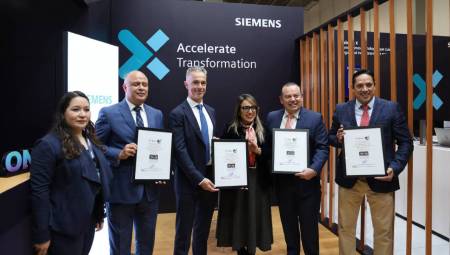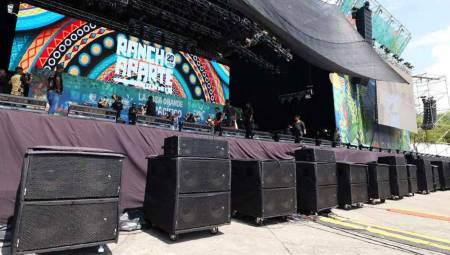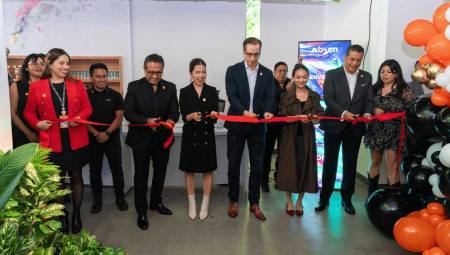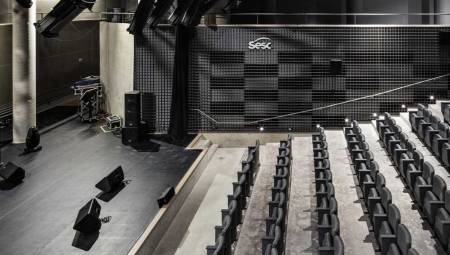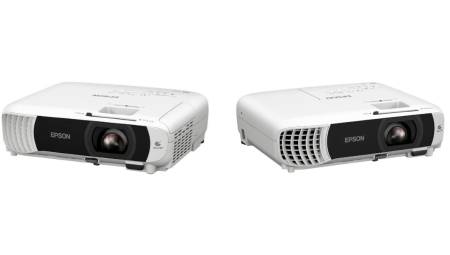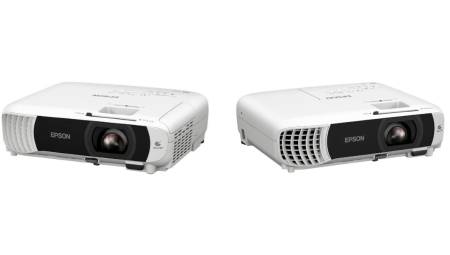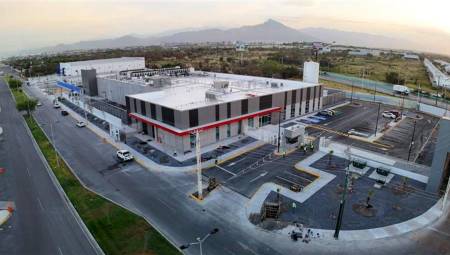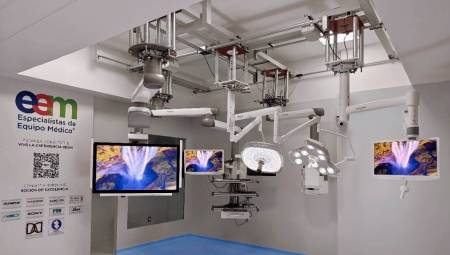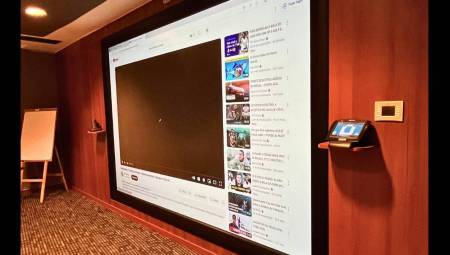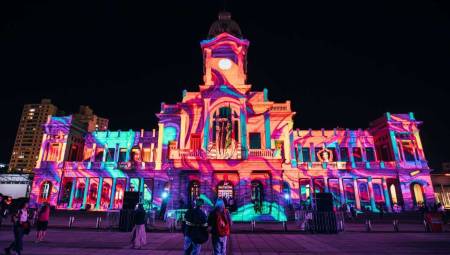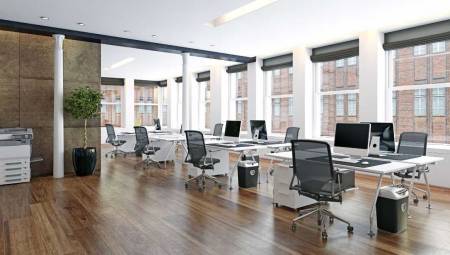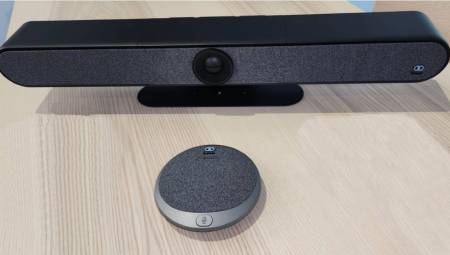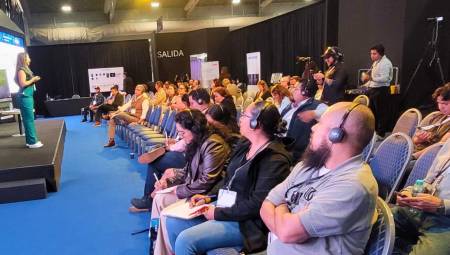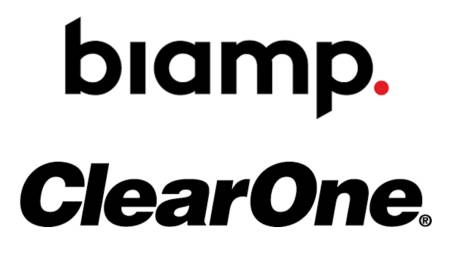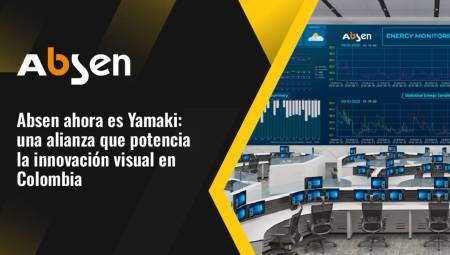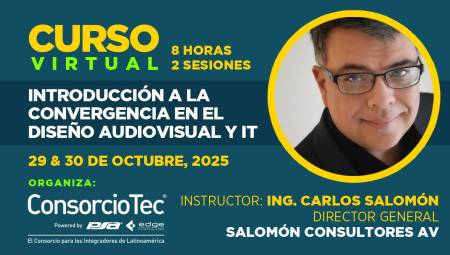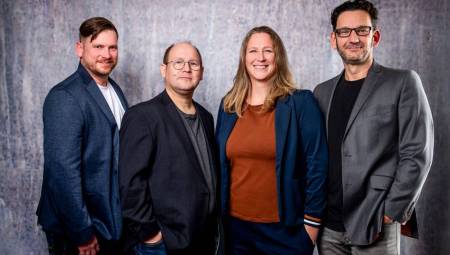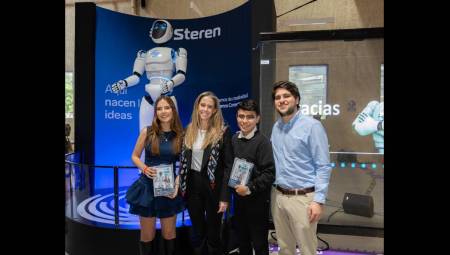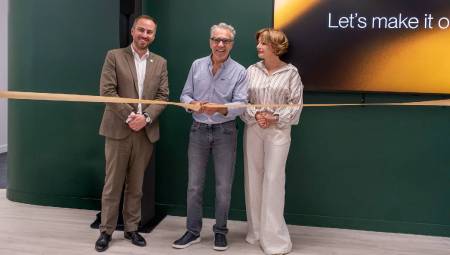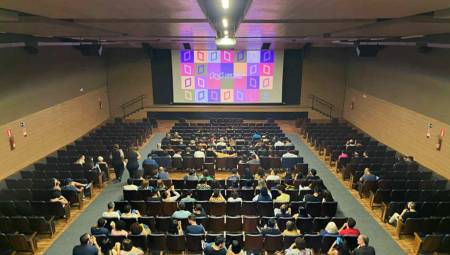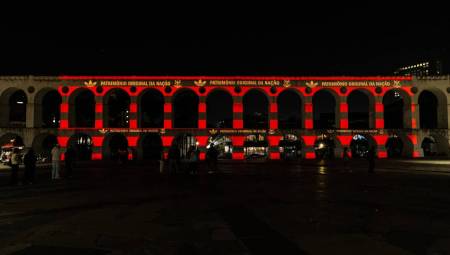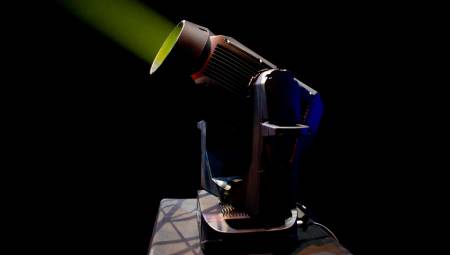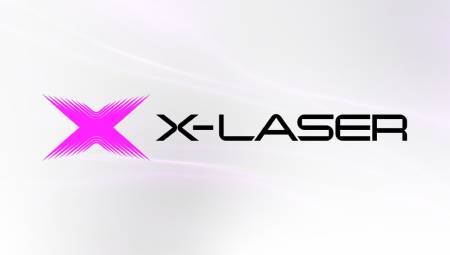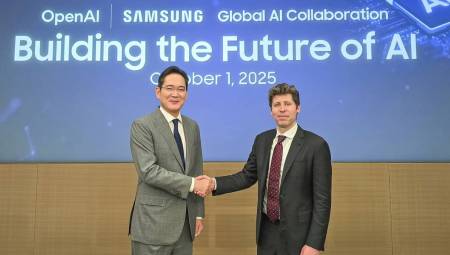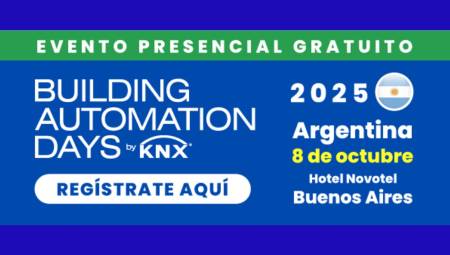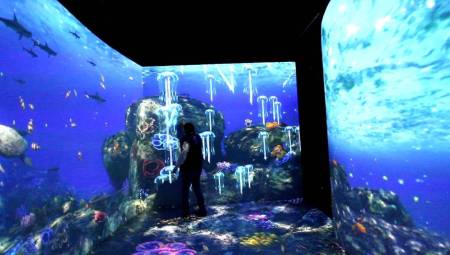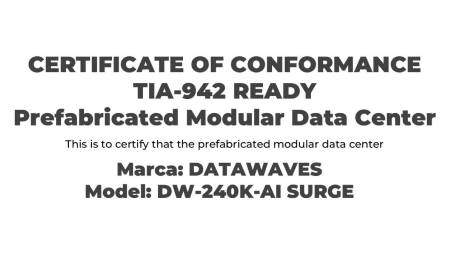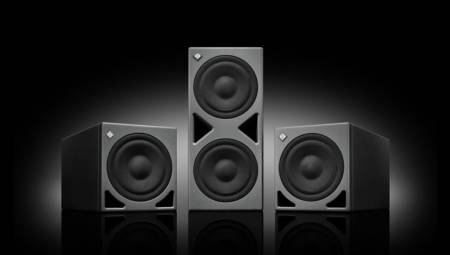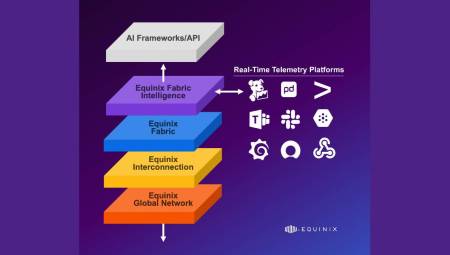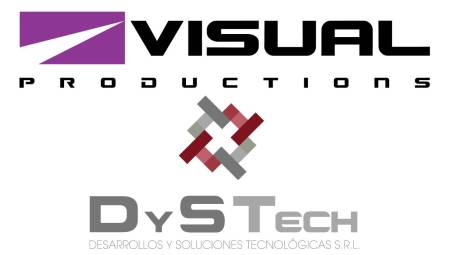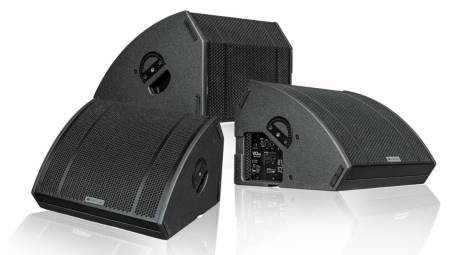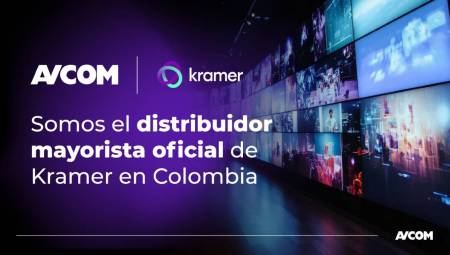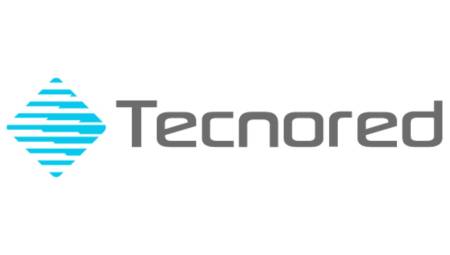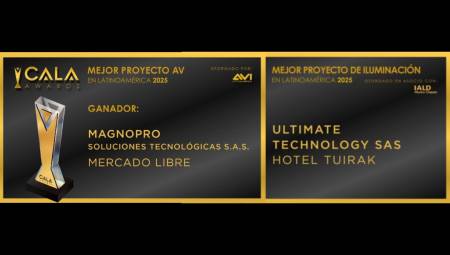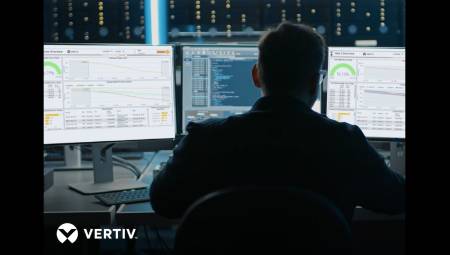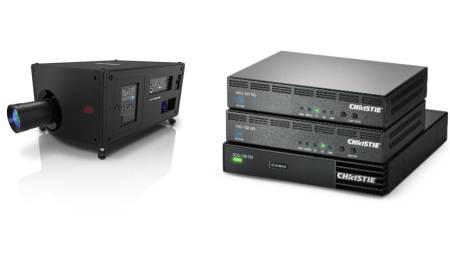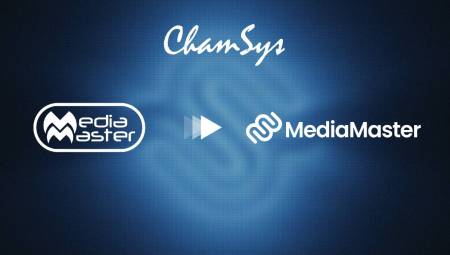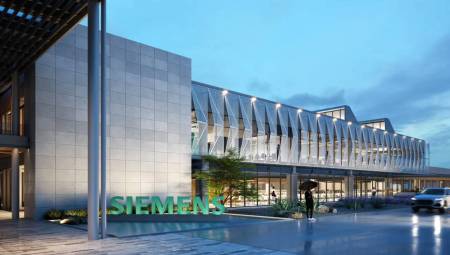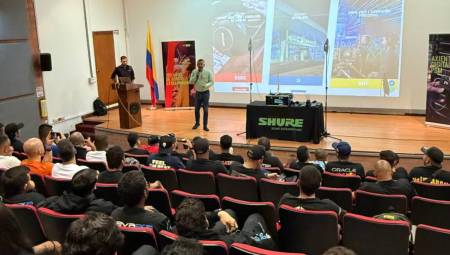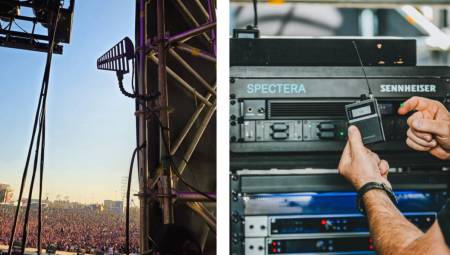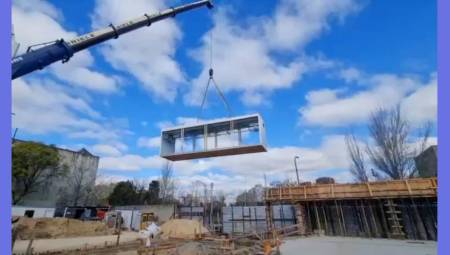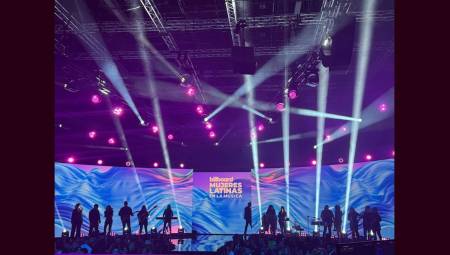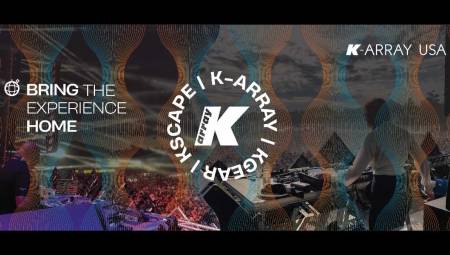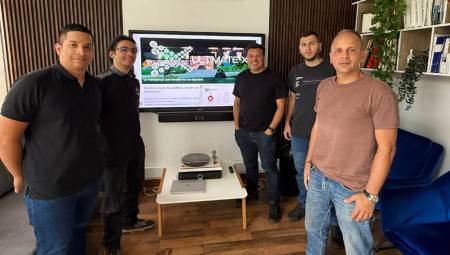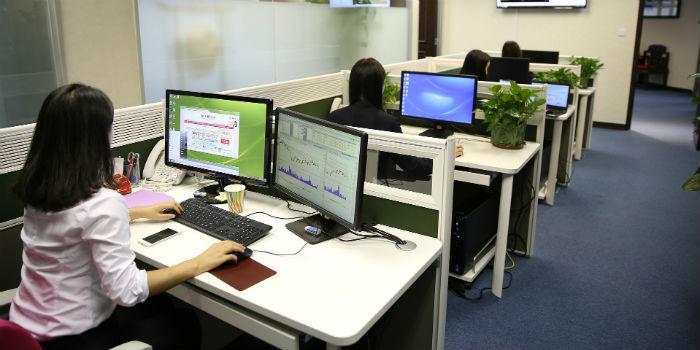 The growth of the audiovisual industry during the last years in Latin America, has allowed the emergence of many integrating companies that must face great challenges.
The growth of the audiovisual industry during the last years in Latin America, has allowed the emergence of many integrating companies that must face great challenges.
By Felipe Vargas*
We know that there are many formats of audiovisual integration companies in Latin America; there are small and medium-sized ones, there are in large formats, also as divisions within a larger organization, and even family businesses; there are in all possible formats.
However, for all of them the main challenge is always the same: The Staff.
Manage to maintain in the long term trained, reliable, responsible, high performance, well presented, satisfied with their work; are real challenges that are presented to all Managers or Owners in audiovisual integration companies in Latin America.
In most cases, when we manage to find responsible and trusted personnel, they do not necessarily have the level of training or knowledge necessary to achieve an appropriate performance within the functions required for their position.
That is why I would like to mention a series of important aspects that must be taken into account when considering the necessary positions in an audiovisual integration company, as well as the profile of each position, and the description of functions of each position.
Let's first look at the three main basic areas that a typical audiovisual company requires:
1. Sales (Commercial Area)
2. Engineering and Facilities (Technical Area)
3. Administration and Finance (Administrative Area)
1. Commercial Area:
The commercial area is undoubtedly the primary area of the company, often called the battle area; because this is where not only sales are generated, but all the technical and administrative needs of the company.
It is the commercial area that is responsible for generating and developing the sales of the projects, for bringing in new clients, and mainly for maintaining old and current clients. In other words, business executives are the face of the company.
That is why it is essential that the commercial area maintains a solid and extensive database of all customers, of all projects developed with each client, even if they are only contacts.
In many projects there is more than one important contact, since in addition to the owner of the project, there are very important contacts such as the architect, the resident engineer of the work, the purchasing manager, and why not, even the warehouse manager.
Other important contacts that must be included in the database of a project are all those directly or indirectly related to our audiovisual project: the construction company, the electrical company, the electro-mechanical company, and above all the company in charge of the supervision of the work, which in most cases are the ones who receive the system at the end of the project.
It is practically the sole responsibility of the commercial area to feed, maintain and update the database, but above all to maintain good commercial relations with each of those involved in a project; before, during and after it.
Activities scheduled on a daily, weekly or monthly basis such as calls, visits or informative emails, are an integral part of the functions of the commercial area; making effective use of the database. The best client is a satisfied client, this will undoubtedly bring us new projects, in the near future or in the distant future.
Let's not forget that a very important type of sales for any audiovisual company is the sale of maintenance contracts; which are often negotiated when the installation guarantee expires, or the guarantee of the products.
Maintenance contracts generate significant income for audiovisual companies, generating a fixed monthly income from existing customers, thus preventing other companies in the field from stealing from that client that cost us so much to develop.
2. Technical Area:
The technical area is for many a mystery, and that is why I would like to emphasize the various components of it, since we can divide it into four basic groups:
a. Design (Pre-Sale)
b. Programming (After-Sales)
c. Project Managers (After-Sales)
d. Facilities (After-Sales)
to. Design:
Audiovisual Designers play a primary role in audiovisual projects, since they must be able to configure and prepare the solutions that the Commercial Area requires, according to the needs of each client and each specific project; considering that many of the designs and proposals submitted will not be implemented, so this is a full-time job.
Designers in an audiovisual integration company must have extensive knowledge in audio solutions, with extensive knowledge in Acoustics and Electro-Acoustics; as well as mastering all concepts related to video (resolutions, formats, aspect ratios, image sizes, etc.). But they must also have extensive knowledge in automation and control systems, lighting and curtain control, and above all master all the concepts related to ethernet networks; pillar of every audiovisual system today.
Usually more than one designer is required for the development of a proposal, since each of the required areas: audio, video, control and networks; they are distinct specializations, and rarely can a designer be considered an expert in these four categories. If you have an expert designer in these four categories, consider offering him an economic bonus for each project completed in a sale; it is undoubtedly the greatest asset of your company.
In many companies it is considered that it is the commercial area that must prepare the designs and proposals, but remember that the Commercials have another series of important activities, and these do not necessarily have to be experts in all topics related to audio, video, control and networks.
One of the important requirements for all designers is the mastery of drawing programs such as autoCAD, since all diagrams, designs and others must be documented in digital files and printed in autoCAD templates. If the volume of drawings in autoCAD in your company is high enough, it is advisable to hire one or more experienced draftsmen.
b. Programming:
Nowadays in any audiovisual integration project, two basic types of programmers are required; the control system programmer, and the audio system programmer.
The programmer of the control system is usually an Electronic Engineer or in many cases is a Systems Engineer. Preferably I suggest that you be an engineer, or at least an advanced Technician with training in a Technical institute.
Its main functions are focused on programming the control processor, as well as the user interfaces, which in most cases is in configuring processes and logical functions of the system and routing of the switching system of video sources.
The programmer of the audio system must be a Sound Engineer, with extensive knowledge in acoustics and electro-acoustics, but mainly with an ear and taste developed over the years; since this will be responsible for the resulting sound quality, and the acoustic performance of the audio system.
It is important to note that rarely does a control system programmer have the knowledge to fine-tune an audio system; common mistake in many of the audiovisual integration companies in Latin America.
c. Project Managers
Often known as Project Managers, or Project Managers; these usually develop functions more related to typical processes of a work, such as coordination on site with other specialties present in a work: Electrical, Mechanical, Architecture, Air Conditioning and even aesthetic factors.
Internal supervision and coordination, as well as the delivery of As-Built plans in a project, are its main functions; as well as internal coordination with the various areas of the audiovisual integration company for the effective implementation of a project: Design, Programming, Facilities, Logistics, and very important with the Administrative area of the company.
d. Facilities
Installation technicians are responsible for the quality of the final work of each installed project; they are usually the least valued within the company; often regarded as mere workers; a serious mistake made by many audiovisual integration companies in Latin America.
Installation technicians are the greatest value that any audiovisual company can have, its greatest asset, its best business partner; these are the soul of every project, they are the ones that make the difference between a good project, executed with order and discipline, and make the difference with the client; since they are the ones who will remain in contact with the client the longest during the implementation process; in one way or another they must become the spoiled children of the company.
These must have all kinds of knowledge, basic audio fundamentals, knowledge of video, control and networking; the paths of all cables must be learned by heart, and they must be able to understand the basic operation of the entire system. Usually, when testing the entire system, the main problems are presented by wiring errors or wrong connections.
Facility technicians should receive from designers the one-line connection diagrams, wiring drawings and construction diagram of equipment racks; and they must have the necessary training to follow the instructions to the letter; in order to guarantee a perfect implementation of the complete audiovisual system.
Without a correct installation of the system, programmers will not be able to operate the system according to their control program and their audio program.
They are undoubtedly the greatest value of the company.
3. Administrative Area:
The staff of the Administrative Area is not very different from the personnel of any company, including a Logistics Area, an Accounting Area and an area in charge of the credit, collection and invoicing of the projects.
Among the most important aspects is to remember that the Administrative Area is an area of support to the Commercial Area and the Technical Area; and not the other way around, as usually happens in audiovisual integration companies in Latin America, where administrators usually forget that their work can be done by any other administrator, accountant or logistics manager.
They are still a vital and important part in the process of implementing any project, but their functions are merely operational support to the project, which in the end all together form a synergistic symbiosis of the project.
Let's remember that if the administrative area does not place orders from suppliers on time, installers will not have what to install, and programmers will not have to program.
In summary, and broadly speaking, I wanted to detail the importance of each of the functional areas of an audiovisual integration company, in future editions, I will be commenting on other great challenges of audiovisual integration companies in Latin America.
*Felipe Vargas is founder of AV Consulting Group and audiovisual consultant for Crestron Latin America. You can contact him through the mail [email protected]





